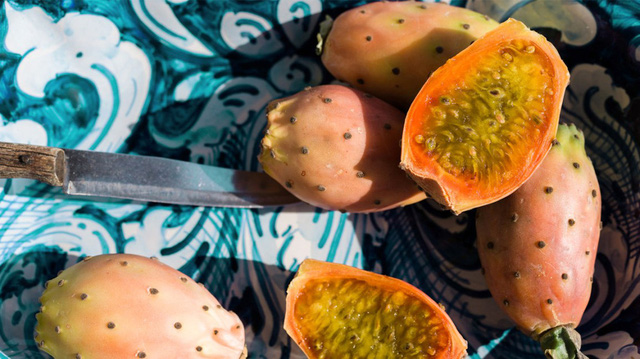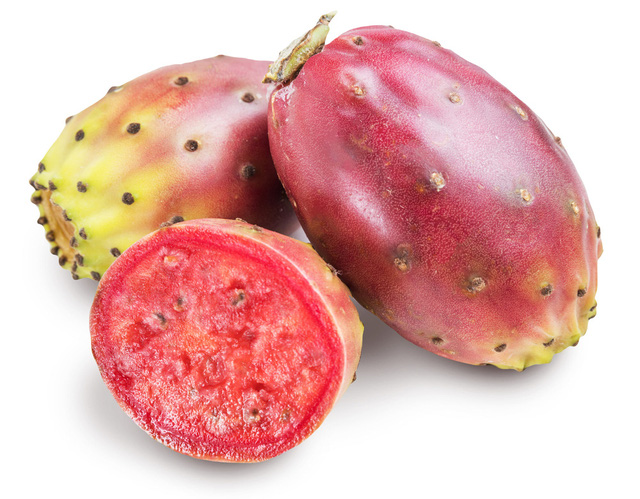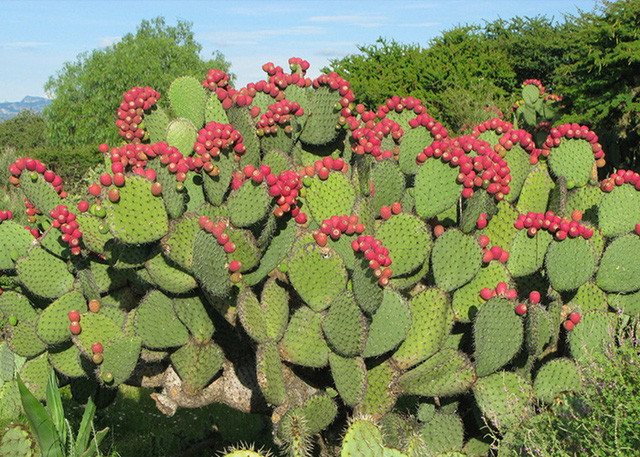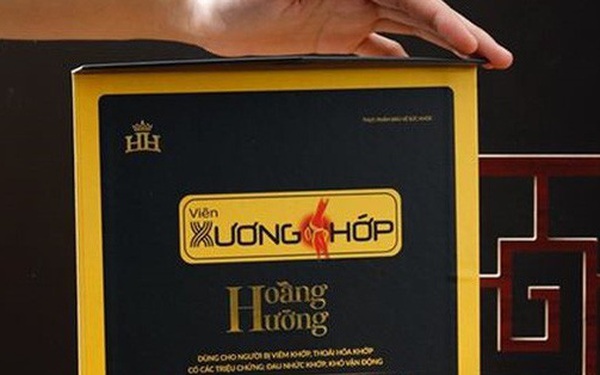The thorny fruit that both nourishes the liver and the heart, has excellent blood sugar control: Vietnamese people rarely eat it
Prickly pear cactus, also known as rabbit ear cactus, has the scientific name of Opuntia ficus-indica. This plant is believed to have originated in Mexico and has been used since ancient times for food or medicine.
In Vietnam, prickly pear cactus is abundant in coastal provinces with “less rain, more sunshine” such as Ninh Thuan, Binh Thuan,…
Prickly pear cactus is a succulent, seeded, sweet watermelon-like fruit that can be eaten raw or cooked. Prickly pear cactus is very popular in America and China. This fruit has an impressive nutritional profile and can help promote health and prevent a number of diseases.
Prickly pear cactus is rich in nutrition
According to the United States Department of Agriculture, 1 cup (149g) of prickly pear cactus contains 61 calories, 1g fat, 1g protein, 14g carbs, 5g fiber, 30% daily value (DV) magnesium, 23% DV vitamin C, 7% DV potassium, 6% DV calcium.
Like many other fruits, prickly pear cactus fruit also contains many beneficial plant compounds including phenolic acids, flavonoids and pigments that act as antioxidants.
Antioxidants help fight damage caused by free radicals, which lead to disease.

Prickly pear cactus fruit. Illustration.
Health benefits of prickly pear cactus
1. Good for digestion
According to scientists in Italy, prickly pear cactus has a high fiber content that helps improve the health of the digestive system. Fiber makes it easier to digest food, which in turn helps eliminate constipation, bloating and serious digestive problems like stomach ulcers.
Fiber also helps the body feel full for longer and curbs appetite, which is very useful for those who intend to lose weight.
2. Beautiful skin, healthy hair
Prickly pear cactus fruit is said to help with brighter skin and shinier hair.
Some compounds and nutrients of prickly pear cactus, such as vitamin C and betalain pigment, have anti-inflammatory and antioxidant effects. This fruit is also high in unsaturated fatty acids, especially in the seeds and skin, which are great for skin and hair health.
A test-tube and rat study by the University of Tunis El Manar, Tunisia, showed that the oil pressed from prickly pear cactus seeds had antibacterial effects against skin infections and had wound-healing properties.
However, more human studies are needed to understand this effect of prickly pear cactus fruit.
3. Supports Diabetes Control

The prickly pear cactus comes in a variety of colors. Illustration.

The prickly pear cactus comes in a variety of colors. Illustration.
Another effect of prickly pear cactus is to control blood sugar as well as complications of diabetes.
The soluble fiber pectin in prickly pear can help lower blood sugar levels and have beneficial effects on blood fat control.
Some preliminary human studies by scientists in Australia show that consuming prickly pear cactus fruit can reduce fasting blood sugar and postprandial insulin levels in both healthy adults and those with diabetes. type 2 diabetes.
4. Good for heart health
According to a study by the Institute of Food Chemistry, Technical University of Berlin, Germany, the high fiber content in prickly pear cactus fruit can help reduce LDL (bad) cholesterol levels in the body.
In addition, the significant potassium content present in prickly pear cactus fruit helps to lower blood pressure by relaxing blood vessels and reducing stress on the cardiovascular system. Finally, the betalains found in this cactus fruit can strengthen the endothelial walls of blood vessels, thereby reducing the risk of circulatory system failure.
Therefore, prickly pear cactus fruit can prevent atherosclerosis, coronary heart disease and stroke.
5. Good for the liver

Prickly pear cactus is good for the liver. Illustration.
Since ancient times, prickly pear cactus has been used by Mexicans to treat liver diseases. Modern science has also proven this benefit.
Scientists think that the antioxidant compounds present in prickly pear cactus fruit help the body fight infection and oxidative stress (an imbalance between antioxidants and free radicals in the body). ), a process that can lead to liver damage.
A study in rats from the Department of Nutritional Physiology, National Institute of Health Sciences and Nutrition, Salvador Zubirán, Mexico, showed that consumption of prickly pear cactus fruit helps fight non-alcoholic fatty liver disease, while also reduce oxidative stress.
Another study in rats found that prickly pear cactus juice helped prevent liver damage from chronic alcohol consumption by enhancing antioxidant status and preventing alcohol-induced oxidative damage.
One study in 55 healthy adults found that taking prickly pear cactus extract before drinking alcohol reduced symptoms of alcohol intoxication and markers of inflammation in the blood more than taking a placebo.
However, more research is needed to better understand the effects of prickly pear cactus on liver health.
Note

Not only the fruit, but the leaves of the prickly pear cactus are also edible. Illustration.
Prickly pear cactus is generally safe for everyone if prepared properly. However, if you eat too much, you may experience some digestive problems such as diarrhea, bloating, vomiting… Constipation can also be seen in some cases.
Pregnant and lactating women should consult a nutritionist before using this fruit.
On the surface of the prickly pear cactus there are many small spines. Therefore, it is necessary to clean before eating to avoid damage to the lining of the digestive organs.
You can eat this juicy fruit directly or make jam, juice it to drink, make cocktails or add to other dishes such as salads.
By: Healthline, Organic Facts
Business and marketing
at Blogtuan.info – Source: cafebiz.vn – Read the original article here


